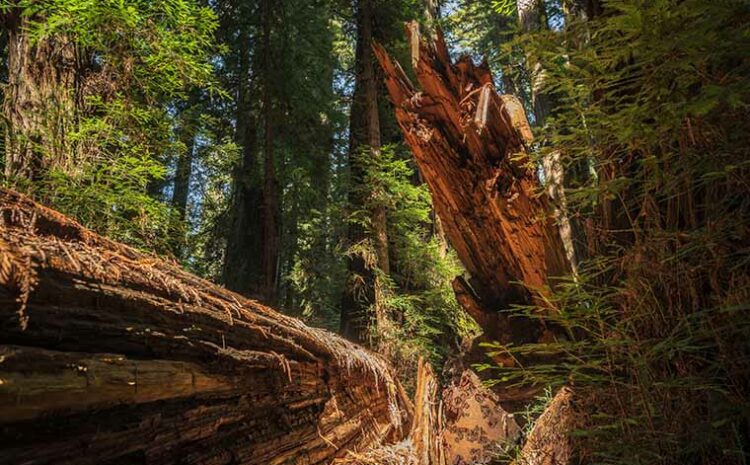
4 Signs A Tree Needs To Be Removed
Trees are, in general, a gift from nature to man, and it may be tough to let go of them since they bring so much value and beauty to the area. A tree that seems healthy to the untrained eye, on the other hand, might be a disaster waiting to happen.
Hazardous trees with structural flaws that might injure people or cause property damage require quick treatment, and it is preferable to remove the tree than to let it cause costly harm.
When no other safe management alternative, like trimming or disease prevention, is available, tree removal is typically the final choice. It’s never an easy decision to cut down a tree. However, there are four indicators that a tree should be inspected by a professional or may be removed.
4 Signs A Tree Needs To Be Removed
1. Dead branches
The branches are the most visible portion of a tree. When a tree starts to drop more branches than it normally does. It’s an indication that the branches are no longer alive. Because they might fall for no apparent reason and gravely hurt others below, dead branches are frequently referred to as widow-makers. For safety concerns, if 50% or more of the tree is dead or damaged, it should probably be removed.
2. The Tree Is Hollow
A tree with a hollow trunk has been severely weakened and is now a danger. It is necessary to remove a tree if up to a third of the tree is showing visible rotting or seems hollow on the inside.
3. Compromised Trunk
Internal degradation is indicated if the trunk is damaged, with cracks or splits, big wounds, and dead branch stubs on the tree’s trunk. Despite the fact that trees can live for years with internal deterioration, it’s just a matter of time until they fall.
4. Leaning trunk
When a tree suddenly begins to lean, it is time to pay attention. Although not all leaning trees are harmful, those that tilt to one side suddenly may have structural issues and should be evaluated by a specialist.
The good news is that by analysing a tree’s branches, trunk, roots, and setting, you can easily determine whether it’s in trouble. Using the red flags listed in this article, you may get a sense of how healthy your tree or one near you is.
